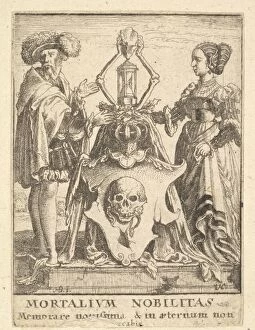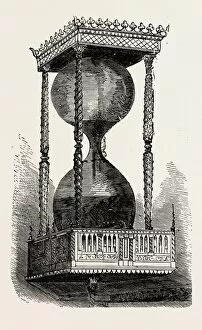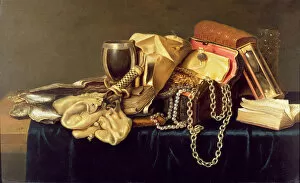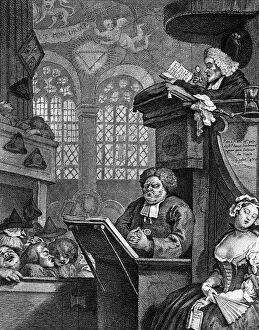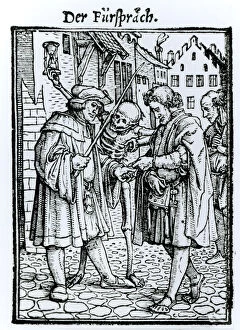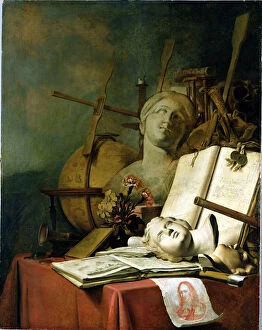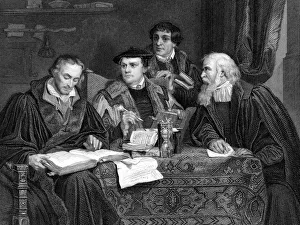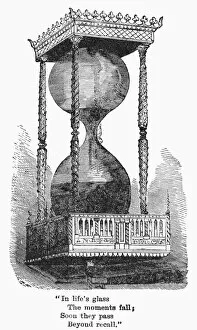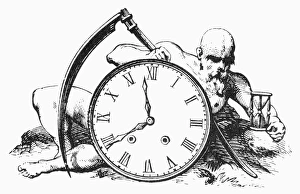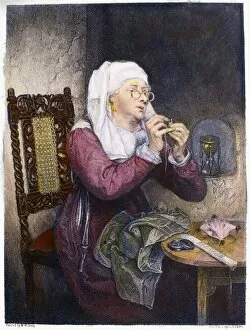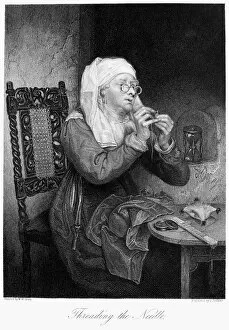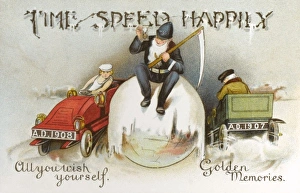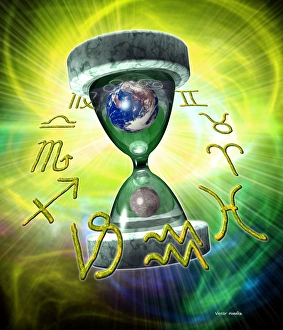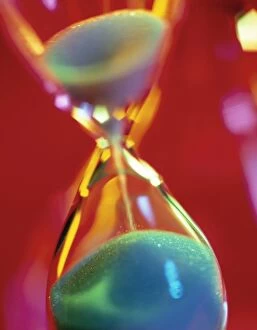Hour Glass Collection (page 7)
"Capturing the Essence of Time: Exploring the Symbolism of the Hourglass" In a world where time slips through our fingers like sand
All Professionally Made to Order for Quick Shipping
"Capturing the Essence of Time: Exploring the Symbolism of the Hourglass" In a world where time slips through our fingers like sand, artists have long sought to capture its fleeting nature. From Vanitas Still Life with a Tulip, Skull and Hour-Glass to Pin-up Girl playing card by Arthur Ferrier, the hourglass has served as a powerful symbol throughout history. In Vanitas (oil on canvas), we witness the juxtaposition of life's transience and beauty. The hourglass stands tall amidst opulent objects, reminding us that time is impartial to wealth or status. Similarly, Fashion for 1956 showcases an elegant Victor Stiebel Suit worn by a model who embodies both grace and mortality. Calvin / Whole Length presents another facet of time's influence on fashion. As models strut down the runway in this iconic piece from 1956, their movements are measured by each grain falling through an hourglass - a reminder that even style evolves with passing moments. Melencolia I (copy) transports us back to 1602 when Jan Wierix captured melancholy in intricate detail. An hourglass sits beside symbols of creativity and knowledge, suggesting that these pursuits too are subject to time's relentless flow. Albrecht Durer's Knight, Death and the Devil takes us further into contemplation about mortality. Amidst this haunting scene, an engraved winged hourglass serves as a chilling reminder that death spares no one. The presence of death becomes more palpable in works such as Death and the Courtesan (Signed by Wood-Engraver). Here Sebald Beham depicts death holding an hourglass while engaging with his ill-fated victim – highlighting how every moment counts before our inevitable encounter with mortality. Finally, The Three Ages of Man and Death portrays three stages of life alongside an ever-present skeletal figure clutching an hourglass tightly.



